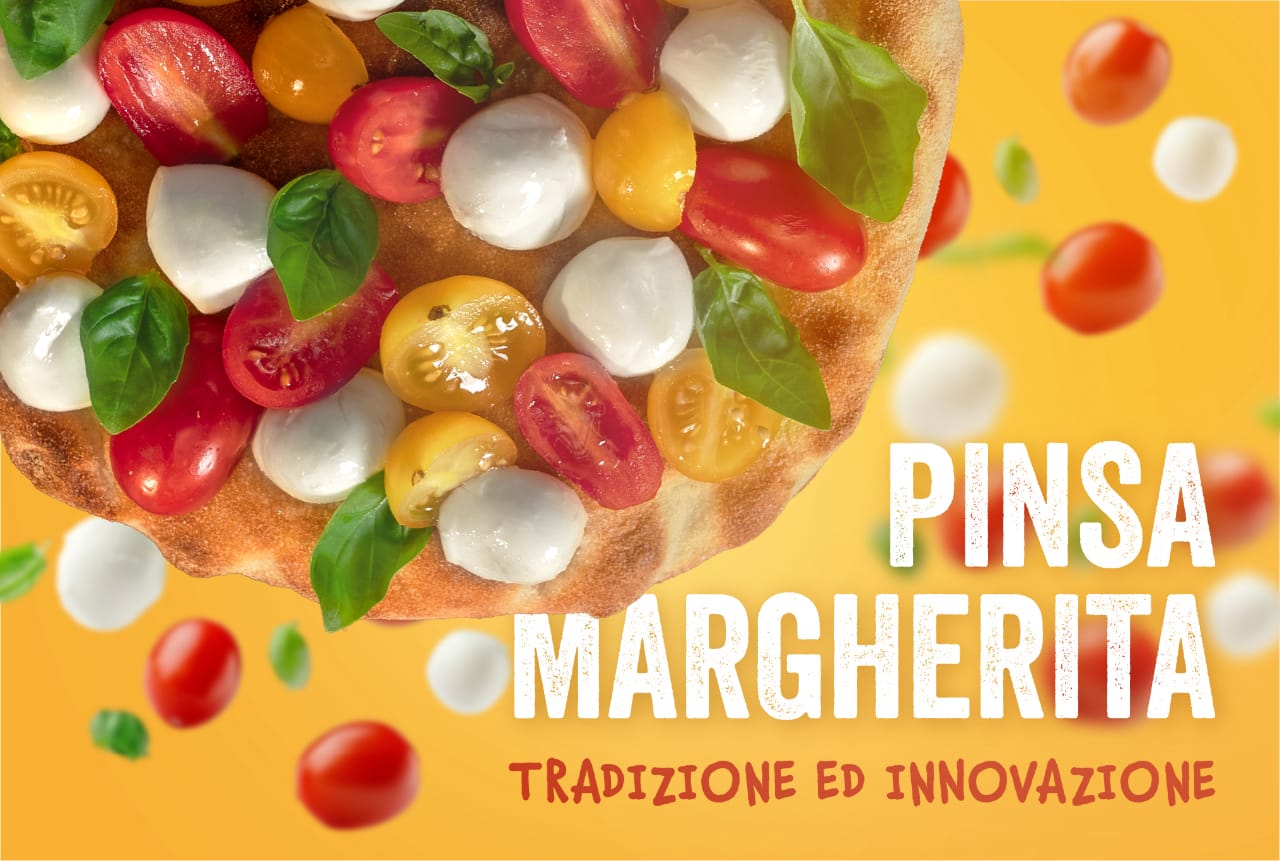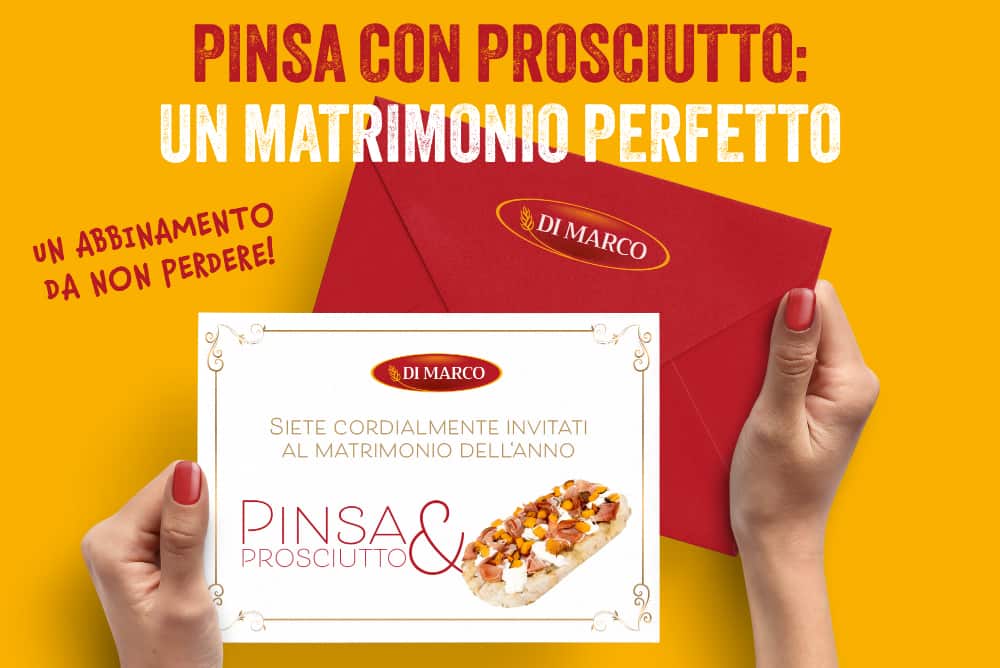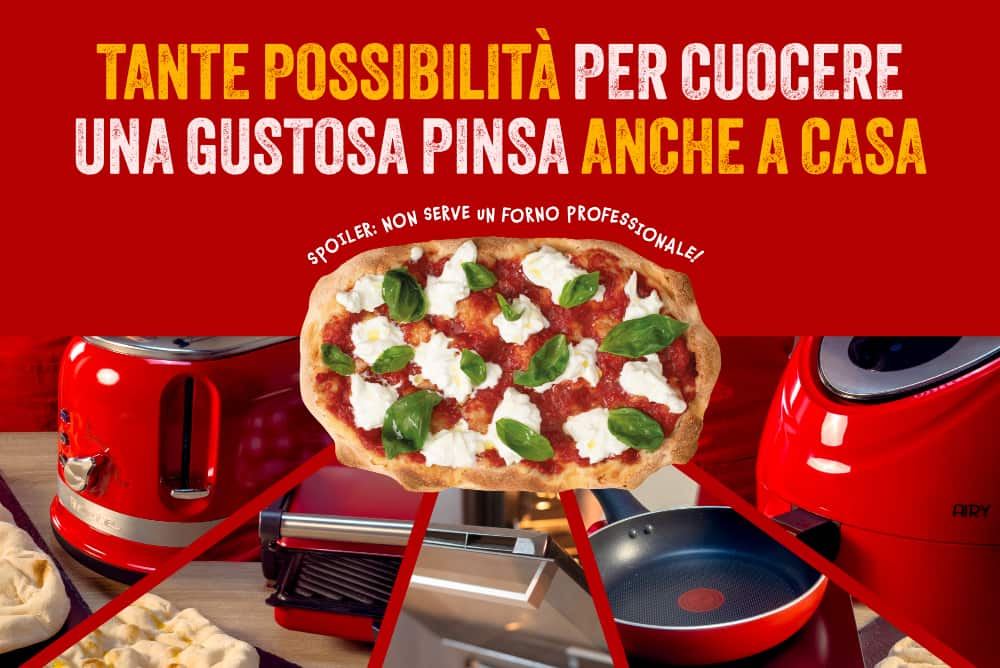You have probably already eaten a pinsa and you know what it is. You appreciated it, maybe you were surprised by its lightness, its crunchiness, that mix of flavors that can win over even the most demanding palates. You understood that it is not a pizza, yet many questions remain.
First of all: how was it born? What is the origin of the pinsa? And how is it possible that it has achieved such overwhelming success? In this article, we will do just that: trace back the pinsa history and understand why, in recent years, it has spread across half the world (while the other half is impatiently waiting for it).
Is pinsa the focaccia of ancient Romans?
Let’s debunk this myth right away: no. Or at least, there is no evidence that the modern pinsa is linked to ancient Roman traditions.
One of the most widespread legends claims that pinsa dates back to the times of the ancient Romans, a sort of precursor to pizza. It is said that Roman legionaries prepared a focaccia with flour, water, oil, and salt, which was then cooked on the battlefield. While fascinating, this story has no historical foundation and no supporting evidence.
The modern pinsa, in fact, was created in 2001 as the result of a long evolutionary process undertaken by Corrado Di Marco, the inventor of pinsa, to meet consumer needs. Although not brand new, pinsa is a modern product designed to provide an alternative to traditional pizza: lighter, more digestible, yet just as tasty.
The pinsa origin: the first steps
In the 1970s, Corrado Di Marco, an entrepreneur, researcher, and member of a historic family of Roman bakers, realized that pizza, as it was formulated at the time, did not fully satisfy consumer needs. A significant change was necessary because pizza dough was heavy, rich in fats, and not easy to digest, while people were increasingly attentive to quality and lightness—in other words, their health.
The desire to innovate led Corrado Di Marco to create the PizzaSnella brand, which would become one of the key elements of his long career in the industry. The goal was simple but ambitious: to provide the base for a product that, while maintaining the traditional taste, was lighter and more digestible, capable of winning over modern consumers.
PizzaSnella introduced an innovative flour mix to the pizza market; rather than just using wheat flour, Di Marco studied a combination that blended wheat with soy, an ingredient that gave the pizza unprecedented lightness. A “slim” product, perfectly suited for those who wanted to enjoy pizza without compromising their shape.
2001: the birth of pinsa and its first years
Corrado Di Marco did not stop at the success achieved with his flour mix but pushed his research further, with a constant desire to innovate and create something entirely new: pinsa.
His determination to perfect the product led him first to enrich the flour mix with an ingredient that would become fundamental for pinsa: rice flour. This not only gave the base a unique crunchiness but also contributed to the overall lightness, balancing the dough’s moisture. Additionally, rice flour provided characteristics that resulted in a more balanced and refined taste experience, making pinsa not only more digestible but also softer and more enjoyable.
Innovation did not stop there. For his pinsa, Corrado Di Marco introduced a high level of dough hydration, a crucial aspect in making it even lighter and softer. To complete the process, he introduced sourdough, which, combined with long fermentation times, ensured a final product with a unique structure and even better digestibility.
Pinsa began to take shape in every sense: it was hand-stretched, giving it its characteristic oval shape, and, most importantly, it was “pinned,” a specific working technique that created the indentations on its surface. In fact, the name pinsa comes from the Latin word “pinsere.”
The success: pinserie, and worldwide expansion
In its early years, pinsa was strongly linked to its place of origin, Rome and the Lazio region, where it fit naturally into a brilliant culinary tradition. Here, pinsa found its first stage alongside famous dishes such as the renowned Roman pan pizza, another symbol of the capital’s street food. In essence, for a long time, pinsa remained a Roman variant of the well-known pizza.
The real leap in popularity came in the last decade, with the emergence of pinserie and their spread throughout Italy. These establishments, dedicated exclusively to pinsa, were initially rare and found almost exclusively in the region of pinsa origin. However, little by little, they started appearing in other Italian regions, a sign that the product was winning over consumers. Its lightness, the crunchiness of the base, and its unmistakable flavor began to make a mark, making pinsa an increasingly appreciated alternative to traditional pizza.
Of course, even today, not everyone fully understands what exactly differentiates pinsa from pizza, which is why articles like this exist. But if you ask those who have tried it, they will answer without hesitation: it is delicious and, above all, light and digestible. And it is precisely this winning combination that has allowed it to emerge in a competitive market like Italy, where baked products are dominated by giants such as pizza, focaccia, and their countless regional variations.
The great merit of pinsa and pinserie has been precisely this: transforming what was initially a specialty with a local identity into a true Italian success. Today, pinsa is no longer just a Roman product but a national icon exported worldwide. Restaurants and pinserie have begun to open everywhere, from Europe to the United States, from Asia to Australia, making pinsa one of the many symbols of Italy’s ability to innovate and, above all, to love good food.







